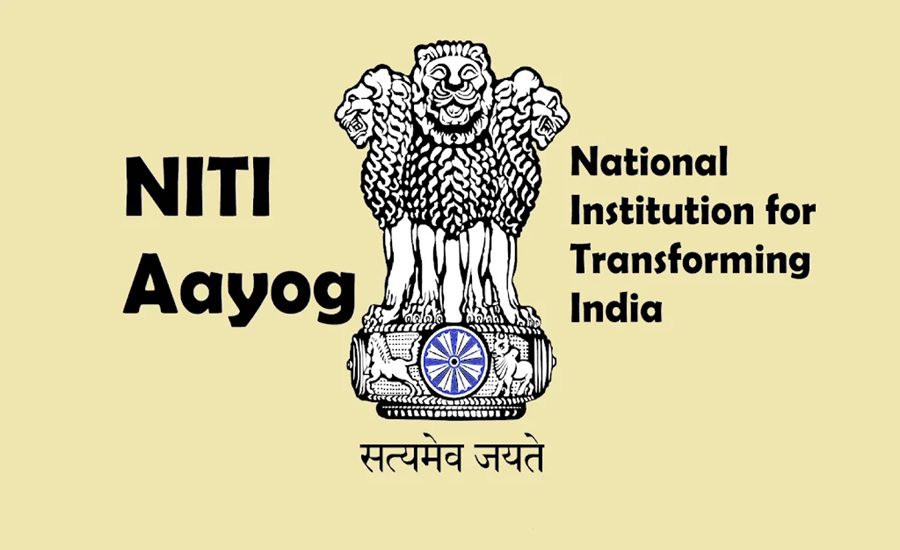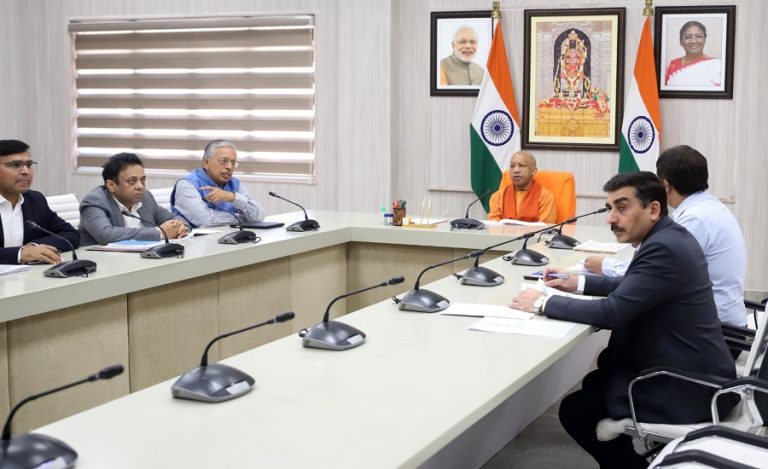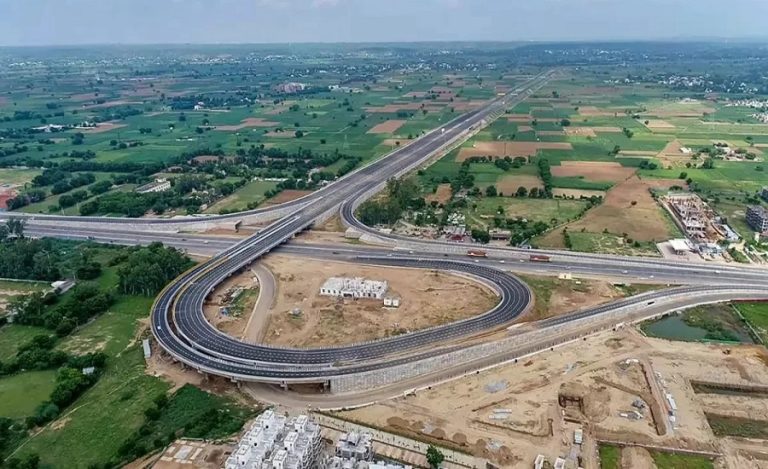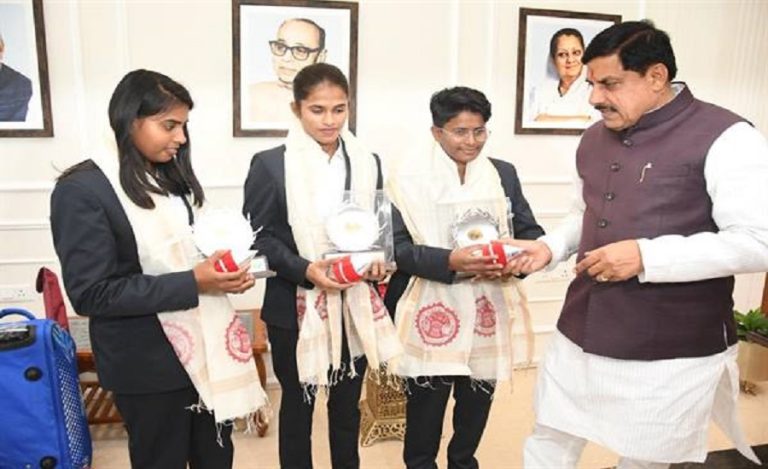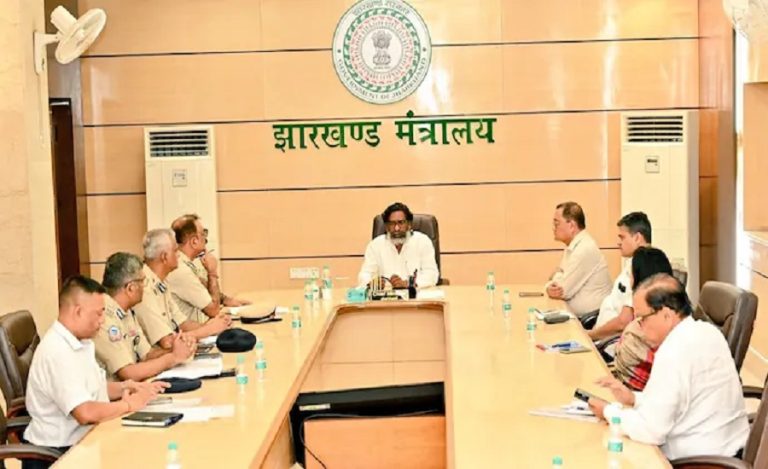New Delhi: India’s bioeconomy sector, spanning agriculture, forestry, fisheries, and aquaculture, is set to witness significant growth, projected to reach USD 300 billion by 2030, according to a recent report by NITI Aayog. The findings highlight the transformative potential of agriculture as both a driver of food security and a major engine of economic growth.
Agriculture at the Core of India’s Development Vision
Titled “Reimagining Agriculture: A Roadmap for Frontier Technology Led Transformation,” the report emphasizes that a robust agricultural system is crucial for national sovereignty and food security. It also positions agricultural transformation as a central pillar in India’s vision to become a developed nation by 2047.
“Beyond food systems, India’s agriculture holds the promise of becoming a powerful engine of economic growth with a rapidly advancing bioeconomy sector, projected to reach USD 300 billion by 2030,” the report stated.
Read also: India Eyes Top 3 Global Spot with NITI Aayog’s Reimagining Manufacturing Roadmap 2035
Technology Integration to Empower Farmers
Releasing the report, Gujarat Chief Minister Bhupendrabhai Patel said the government is building a seamless ecosystem that integrates technology across every stage of farming.
“These innovations are helping our farmers combat crop diseases, enhance productivity, and adopt next-generation seeds and tools that lower cultivation costs. Digital integration is not just about improving efficiency; it is empowering our farmers,” he added.
The report outlines a strategic vision to harness frontier technologies including:
- Climate-resilient seeds
- Digital twins
- Precision agriculture
- Agentic AI
- Advanced mechanisation
These technologies aim to enhance productivity, sustainability, and farmer incomes across India’s diverse agricultural landscape.
Tailored Solutions for Diverse Farmers
NITI Aayog CEO BVR Subrahmanyam highlighted the need for customized solutions for India’s heterogeneous farming population.
“No two farmers in India are the same, and technology must reflect that diversity,” Subrahmanyam said. The report segments farmers into three primary archetypes:
- Aspiring farmers – 70–80% of total, primarily smallholders
- Transitioning farmers – 15–20%, moving toward commercial operations
- Advanced farmers – 1–2%, highly commercialized operations
By tailoring technology and interventions to these categories, India can address unique challenges from smallholders to commercial cultivators, ensuring meaningful adoption and impact.
Unlocking Agricultural Resilience and Global Competitiveness
The report concludes that with the right technological interventions and policy support, India can unlock new levels of agricultural resilience, inclusive rural prosperity, and global competitiveness in agri-tech innovation. It positions the bioeconomy as a cornerstone of India’s economic growth strategy, promising to create jobs, boost sustainability, and strengthen the country’s position in the global agri-tech landscape.
Read also: From GVA to Jobs – NITI Aayog’s India Services Sector Report Maps India’s New Growth Story

